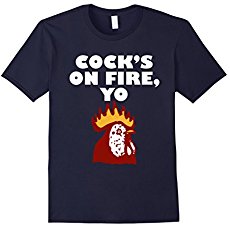The Chinese community around the world has bid farewell to the Year of the Monkey and has welcomed the Year of the Rooster, which begins on Jan. 28. Tibetan New Year also starts today!
The Chinese New Year is based on the lunar calendar and features 12 Chinese zodiac signs. They are represented by animals that occur in the following sequence: rat, ox, tiger, rabbit, dragon, snake, horse, goat, monkey, rooster, dog and pig.
Combined with the Chinese five atomic elements: metal, wood, water, fire and earth, they form 60 possible combinations so, in fact, 2017 is the Year of the Fire Rooster.
Like Western horoscopes, the Chinese zodiac is believed influence a person’s disposition and luck. People who believe in Feng Shui, a Chinese philosophical system used to harmonize people and their environment, arrange their home differently according to their zodiac sign. If someone’s year and element combination results in a bad prediction they may wear special accessories or make changes to their environment in order to repel bad luck.
Although Chinese Christians do not practice Feng Shui since it is not condoned by the church, they still adopt certain practices that they regard as cultural traditions to celebrate Chinese New Year.
For example, as a symbol to drive away evil and welcome the spring which represents life, people wear red clothes, give monetary gifts in red envelopes, perform lion or dragon dances, burn firecrackers and greet each other with good intentions.
Feng Shui, while an ancient Chinese tradition, has recently become mixed up with materialism and modern concerns allowing it to continue to be relevant to lives of many Chinese people.
Under the communist regime, books on Feng Shui are prohibited as is anything the regime regards as superstition. So, people from mainland China often take the opportunity to buy fortune-telling publications when they visit Hong Kong.


